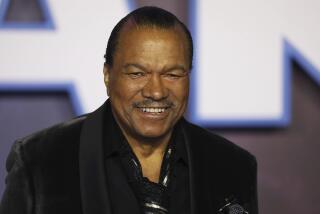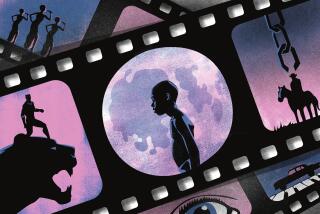Stereotypes: A Time-Honored Tradition
If Laila Lalami (“ ‘Bride’ Walks Down Aisle of Stereotyping,” Counterpunch, Jan. 1) were taking her doctoral degree in theater, she would know that the “stereotype” is an old and honored form of shorthand on the part of writers and is not based on racial, ethnic or gender bias.
Because theater, including cinema and television, is a visual medium, why bother to write out a character description only read by the actors and director? Name a character Volpone (Fox) as in Ben Jonson’s play of the same name and you know right away what kind of man he is. Shakespeare naming the bawdy prostitute in “Henry IV, Part 2” Doll Tearsheet saved the labor of having to describe what the lady did for a living. The characters of Sir Benjamin Backbite and Lady Sneerwell in “The School for Scandal” are self-explanatory and did not require Sheridan to elaborate further.
Today the screenwriter uses character names such as the Banker, the Preacher or the Doctor to achieve the same ends. As an actor, if I am called in to audition for the role of the Banker I know that this particular banker is a lot like me: pleasant, nonthreatening, perhaps even a trifle, but humorously, inept. He will not be a greedy malefactor, (excessively obese or exceedingly thin) nor will he be very significant in terms of moving the story forward. If he were important, the writer would have given him a name.
Stereotyping is quick, easy and universally understood. In early westerns the good guys wore white hats and the bad guys wore black. If the character is stupid, make him a “hillbilly”; if stupid, loud and obnoxious, put a Stetson and boots on him and call him Tex. Do you want a sly street-smart character? Put him in a leather jacket, grease his hair, call him Vinnie and give him a Brooklyn accent. Street gangsters are African Americans or Latinos, with Asians looming on the horizon. Organized gangsters are Italian or Sicilian. White-collar criminals are tall, thin white guys of good breeding and an Ivy League education.
Such shortcuts appear in other cultures as well. For the English, their “stupid” resides in the cockney (check out early WWII British war movies--even some of the Nazis had cockney accents). The Italians use the Sicilian. The French, anyone not from Paris.
*
If Kadafi, Saddam Hussein or the Ayatollah were Malaysian, then Malaysians would be villains. If the Swedes had stormed the American embassy and had held 52 American citizens hostage for 444 days, then the villains would be all blond and blue-eyed. Even that depiction is a stereotype.
If asked to picture a dog, we might all imagine a different breed of dog. If asked to picture a “vicious dog,” I guarantee you it will not be a cocker spaniel that any of us envision.
Cheer up, Ms. Lalami, yesterday’s cinema villain, like yesterday’s political enemy, is today’s hero or ally. Today it is the Arab who’s the bad guy, tomorrow perhaps, the Serb or Bosnian. Whatever shortcut the writer can use to establish a character whom the audience will boo and hiss, and then cheer like mad when that person is blown to pieces in living Technicolor and stereophonic sound, is the “stereotype” flavor of the day.
More to Read
The biggest entertainment stories
Get our big stories about Hollywood, film, television, music, arts, culture and more right in your inbox as soon as they publish.
You may occasionally receive promotional content from the Los Angeles Times.










